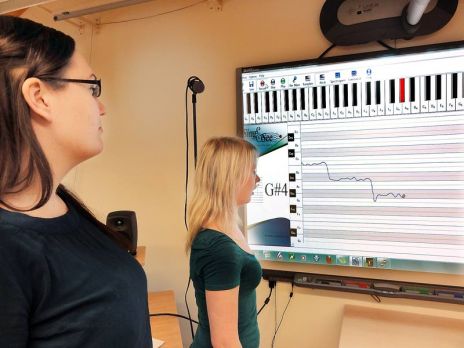Starting with the original beta version years ago, I have used Sing & See virtually every day during teaching sessions. Sing & See is an integral and vital part of my teaching process. Feedback from singers of all ages, levels and genres has been consistently positive. I also use Sing & See as part of introductory sessions with prospective students in order to target areas for improvement and goal setting. The visual feedback is quickly understood, and is invaluable in demonstrating areas of strength, which builds confidence in beginning singers. Prospective students are impressed with a high tech approach to vocal improvement which contrasts to endless “drill and kill” training they may have known. It has been years since an introductory session has not resulted in student enrollment. Several students have purchased Sing & See to work on intonation and onset issues (beginners) or resonance and vibrato (advanced). I highly recommend Sing & See.
—Patrick Cunningham, Arizona Music Project, Chandler, Arizona, USA
By: Patrick Cunningham


